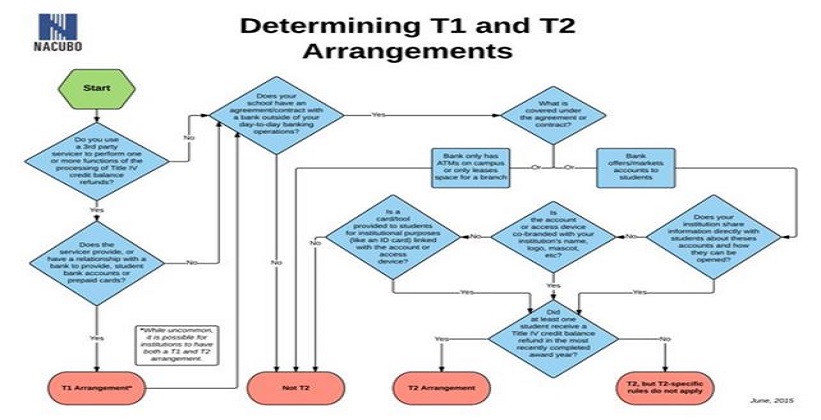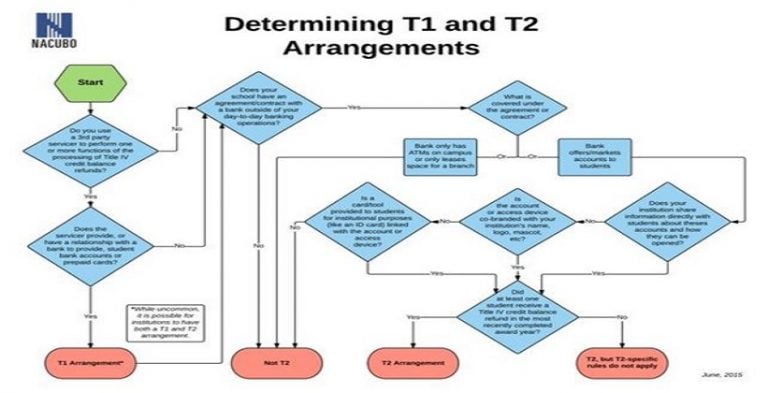Difference Between Tier 1, Tier 2 Account in NPS 2023. Check Classification within NPS with respects to accounts and Differences between Tier I and Tier II accounts in NPS. National Pension Scheme (NPS) refers to pension scheme approved by Government. This scheme is open for Indian citizens who are between age 18 years to 60 years. NPS is mandatory for central as well as state government employees. However, the scheme is voluntary for others. This article will deal with NPS in details with respect to account types. Now check “Difference Between Tier 1, Tier 2 Account in NPS” From below….
Difference Between Tier 1, Tier 2 Account in NPS

Why NPS was introduced?
NPS is managed and regulated by PFRDA (Pension Funds Regulatory Development Authority). The government has shifted it’s Defined Pension’ model to ‘Defined Contribution model. This will ensure that the government employees will contribute an amount equal to the employer’s (government) contribution. Total contribution (which aggregates employer’s as well as employee contribution) is being applied for investment by the Pension Fund Managers according to guidelines issued by the government.
Classification within NPS with respects to accounts
Tier I Account
This is mandatory account specifically designed for all government employees. All government employees must contribute 10% of their basic salary + DA + DP every month, to which government will also contribute an equal amount.
However there exists restriction with respect to withdrawal from tier I Account. One has to invest 80% of sum with IRDA (Insurance Regulatory Development Authority) approved annuity scheme , if he needs to withdraw before turning 60 years. Rest of 20% can be secured with himself though.
The situation changes once you cross 60 years of age. In such case, you need to invest 40% (instead of 80%) in the IRDA annuity and get to keep or withdraw the rest 60%. Such withdrawal can be made in lumpsum at a time or in installments.
Minimum investment per annum for tier I account is Rs.6000.
Tier II account
Tier II account is basically for non government employees. Firstly the person needs to invest in Tier I account and then proceed to invest the rest in Tier II account.
Tier II account is free from any restrictions with respect to withdrawal. Tier II account facilitates any time withdrawal , which can be performed without stating any reasons for the same.
Minimum investment would be Rs.1000 in Tier II account, however it is stipulated that this account shall have minimum of Rs. 2000 balance at the end of the year. The investor should contribute 4 times during the year at least.
Differences between Tier I and Tier II accounts in NPS
- Tier II account facilitates easy and convenient withdrawl at any time without stating any reasons.Also there is no cap on number of allowed withdrawals.This allows flexibility and convenience to the investor.
- The investor can choose to invest in Equity Funds, Government Securities and Fixed Income securities also.
- The investor can opt for auto mode which will directly invest their money in all the instruments as mentioned above in certain proportions, depending on their age and employment .
- However Tier II account does not entitle the investor to avail tax benefit as there is no lock in period for withdrawl. Hence the withdrawl will attract Capital Gains Tax.
CONCLUSION
NPS is surely a go-to option for those who do not have EPF (Employees Provident Fund ). For any average risk-averse investor, who wish to secure post retirement finances, NPS will surely work wonders.
Recommended Articles
- Deflation
- What is Inflation?
- Non banking financial companies
- Types of Different Bank Deposits in India
- Balance enquiry number of all Banks
- Types of loans
- Bank Holidays in India
- Sukanya Samriddhi Yojana
If you have any query regarding “Difference Between Tier 1, Tier 2 Account in NPS” then please post your query via below comment box…
